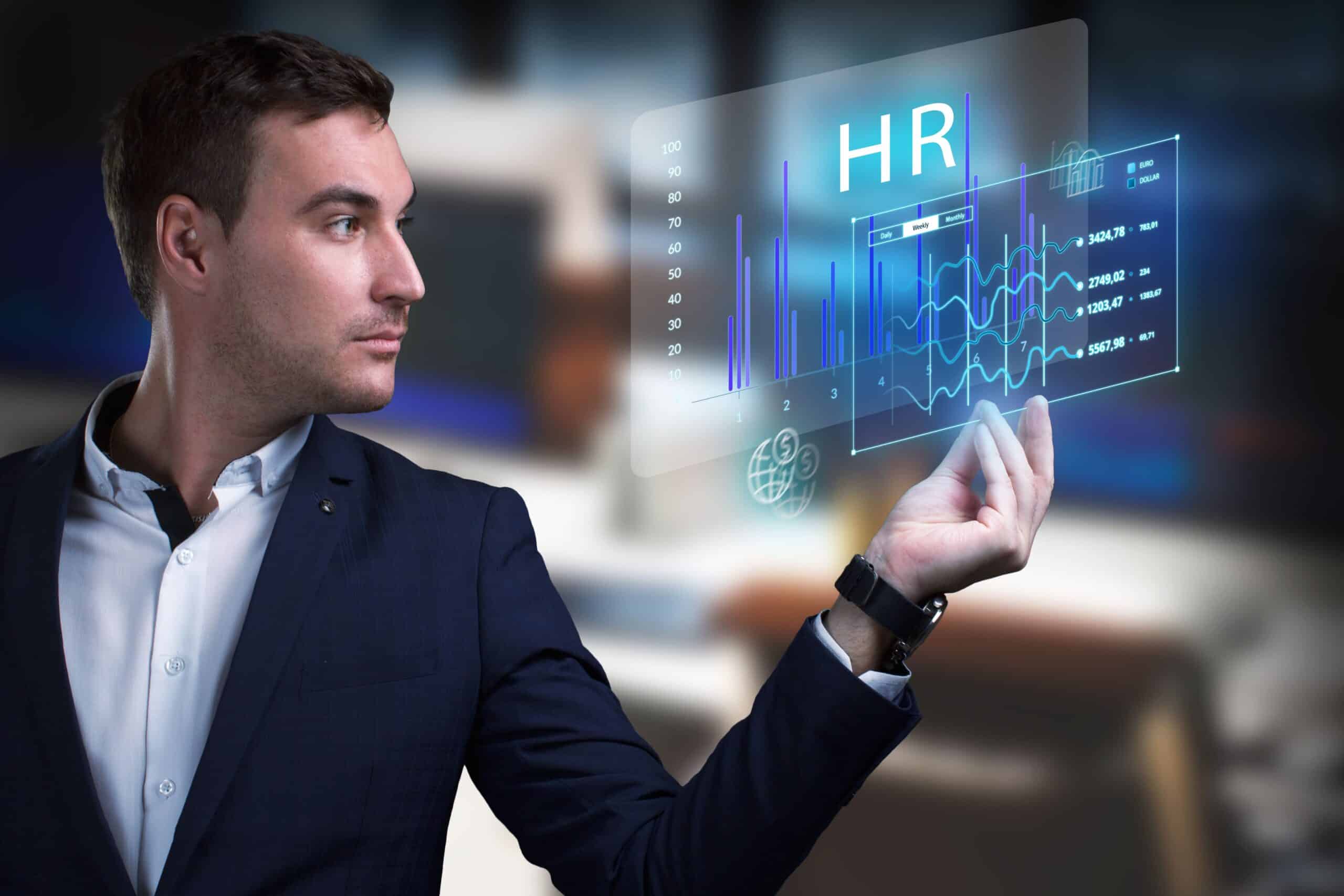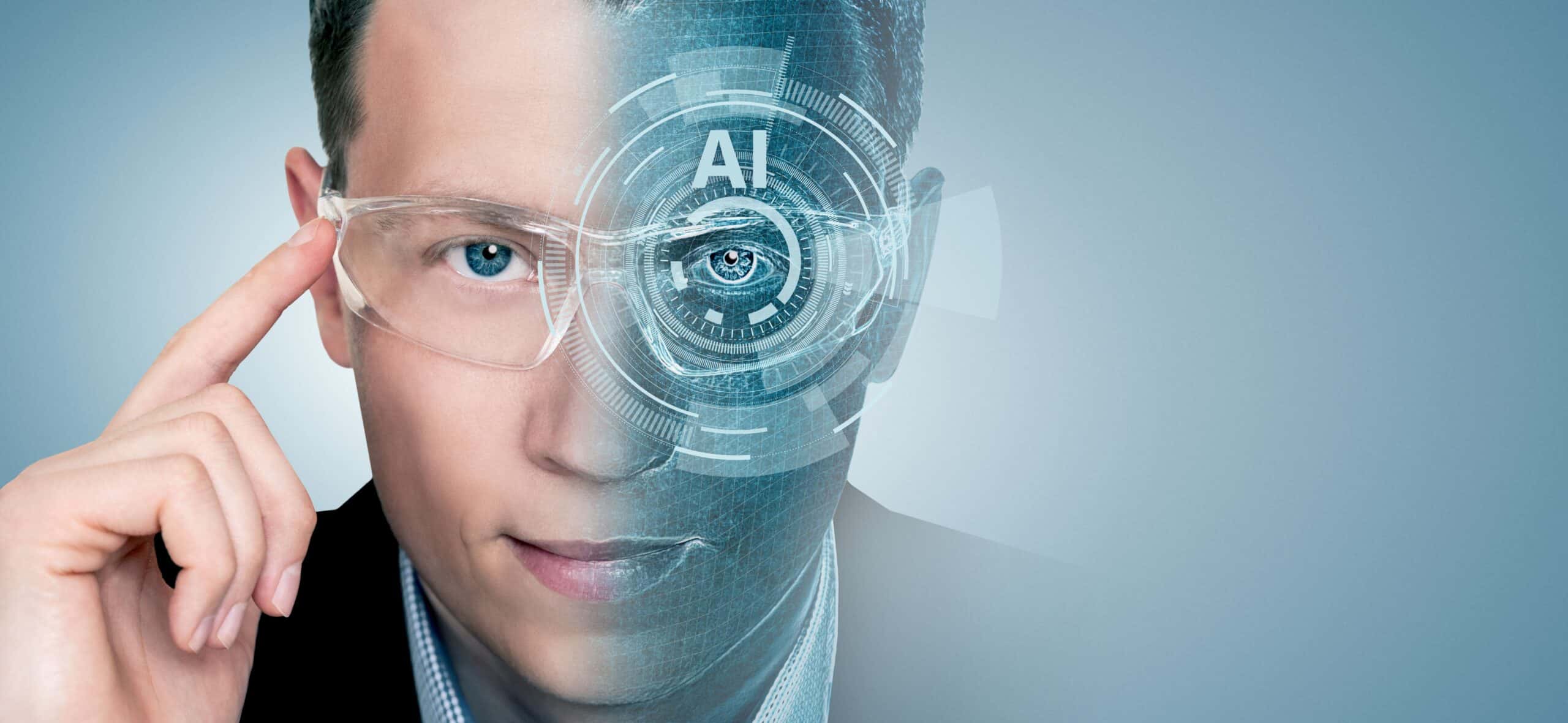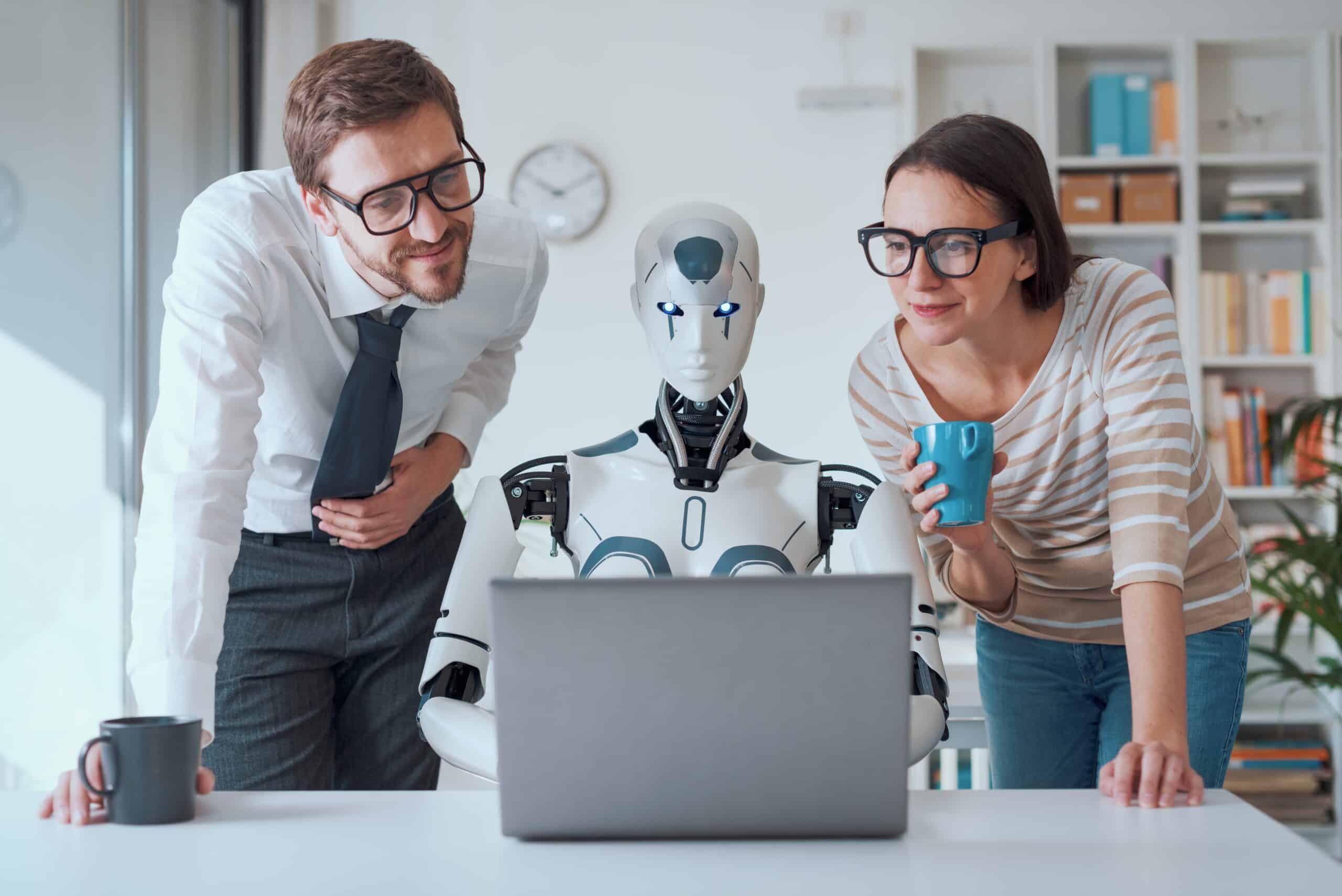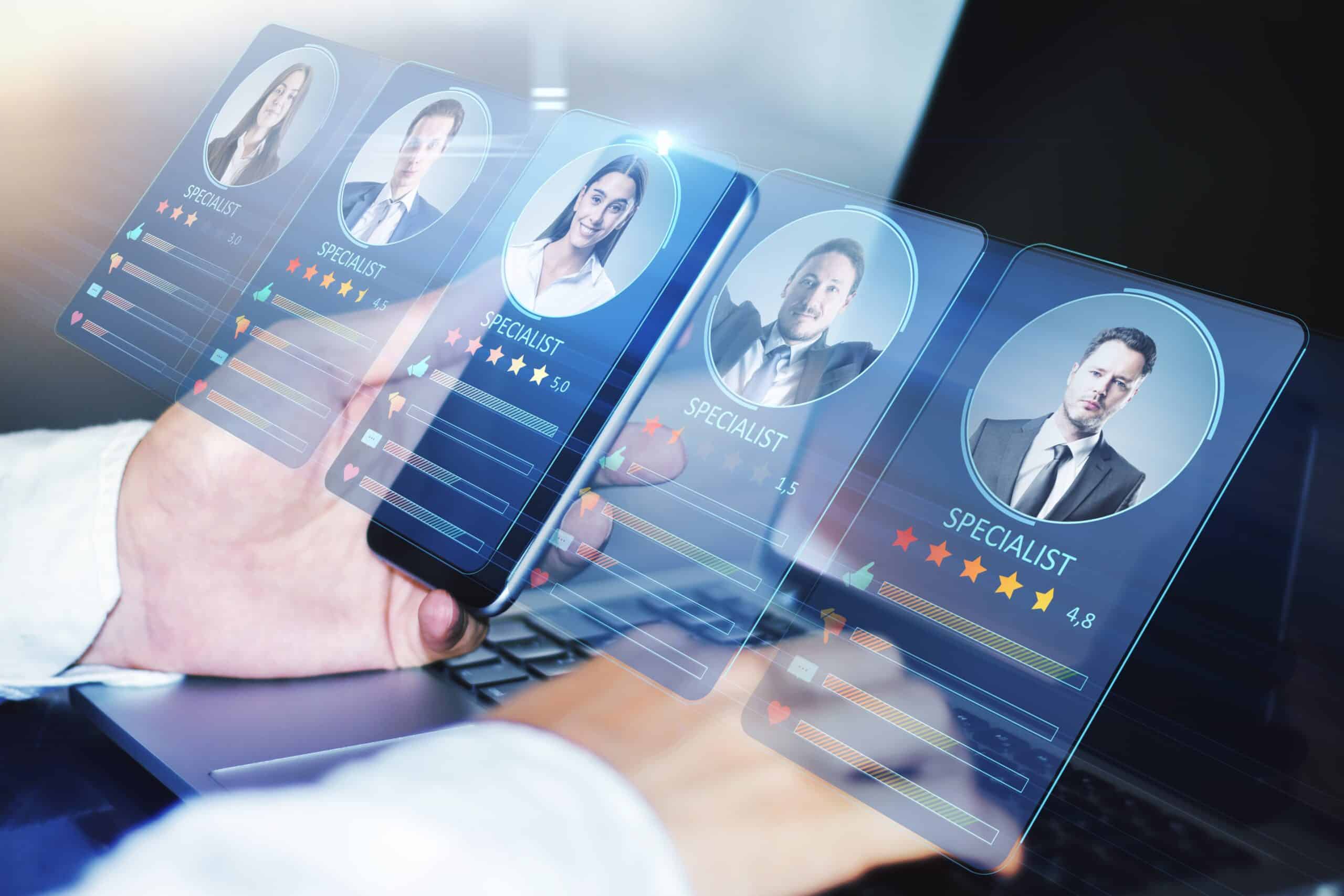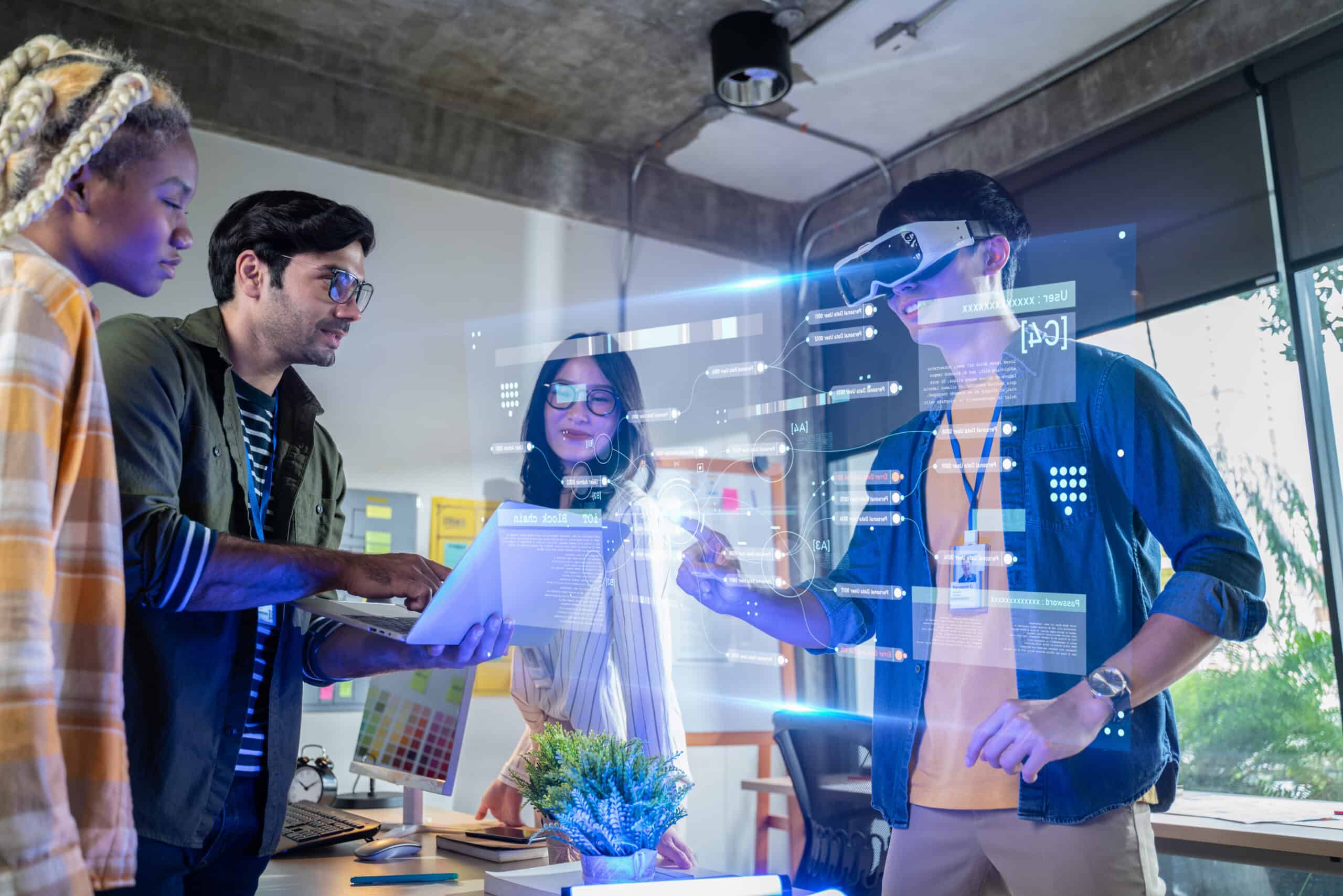Wouldn’t it be nice to have a robot that can do your dishes and your cooking? One that can even cuddle you when you’re feeling down and out? Or a robot that discusses your sleeping patterns with you at breakfast and goes through your important appointments and meetings so that you can start your day?
You’ve probably thought about robots and had conversations about them. It’s a controversial topic that has lots of different angles and provokes different points of view. The point is, when it comes to our social lives, more and more often we tend to turn to robotica and we seem to engage less and less in actual human interaction. Think Siri, Apple’s smart speech-assistant or Microsoft’s Cortana. I think we all prefer getting a response by a friendly voice than having to read answers on a screen. And how about Google Now, the smart digital assistant that will map out your day for you? In the future, our keyboards will disappear and we will control phones, computers and robots with our voices – yes, we are actually going to be talking to robots. We’ll get used to the speed and intelligence of new technology – look at the robot vacuum cleaner and the window cleaning robot; ideal to have around the house!
Free trendservice
Yes, we can have relationships with robots
Earlier this year, there was TV program about the healthcare robot Alice, who visited three elderly ladies. Things were a little awkward in the beginning, but within no time, Alice was accepted and they had long conversations. After a few days, the robot was picked up again, which was met with some resistance from the ladies. The test with Alice had been successful; a relationship had developed between a robot and two humans, and, over time, that relationship had actually deepened.
Trailer of “I am Alice”
Another example can be seen in education; Six small children and robot child that provided various tasks, such as stacking blocks or drawing lines on a piece of paper. The awkwardness of the first hour turned into complete acceptance and the robot child was soon included in the group.
Another example close to home. My son is crazy about Dinos, which is not unusual for a 3-year old boy. So we got him a Pleo, a small robot dinosaur. The creature moves beautifully and makes cute sounds. My son takes it everywhere: to bed, to nursery school or to grandma and grandpa. He even takes better care of Pleo than he takes care of the cat – a living being!
My conclusion is: when a robot can accurately simulate a human being, we somehow seem to accept it. It is very interesting to see the effect this has on humans. In her book ‘The Second Self’, Sherry Turkle describes the character of ‘Antony’ – a man who had several relationships with girls that never worked out. Interacting with a computer, however, was a different story for him because he knew how to deal with it and what to expect from it. Perhaps a somewhat uncomfortable situation for most of us who do manage to have good relationships with people but the fact remains that there are many ‘Anthonys’ in this world and for those people, robots like these are a great solution.
From practical assistant to fully-fledged partner
I foresee a future in which robots can fulfil all kinds of tasks such as home or office assistant. In 2025, robots will pick up our children from school, clean the house and prepare supper. There are many household and healthcare tasks that friendly robots can carry out for us. In many restaurants, waitresses have already been replaced by iPads – which will eventually be replaced by friendly, helpful robots.
Now that the businessman is used to his Tesla, which is basically a driving iPod, it’s time for Pepper-like robots that can act as a PA, management assistant or hostess. Robots are getting smarter and will be able to solve extremely complex problems because they can make contact with countless sources. This opens doors for relationship managers, who continuously receive customer and market updates. Other robots can provide tailor-made healthcare to thousands of elderly people. In 2025, all elderly people will have a smart pill that communicates with IBM Watson, the smartest doctor in the world. In ten years’ time, we will no longer be able to tell the difference between a human and a robot. By that time, they will talk, smell and feel like real people.
For the time being, elements required to enable human-robot relationships such as love, empathy and humour, are still missing. We, human beings, are generally very with those. We have mirror neurons which can sense other people’s feelings and intentions. Artificial Intelligence will enable us to integrate unique human skills into machinery but up until then, Nexi, one of the most advanced social robots in existence, will have to suffice. Nexi is still working on finding out which pieces fit the puzzle. In addition, she is learning which animals are dangerous and she can listen to, and memorise words.


